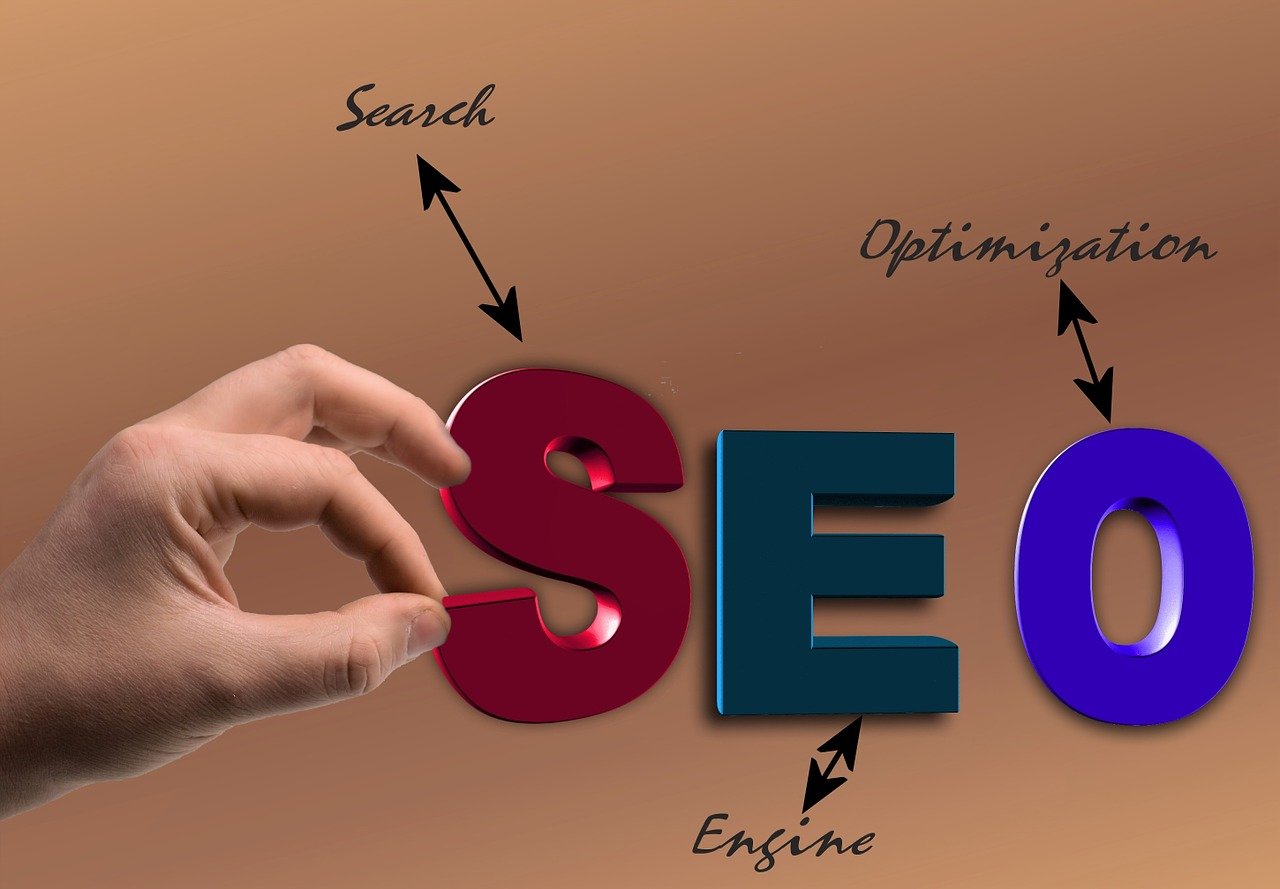
On-page seo is a crucial aspect of optimizing your website to achieve higher rankings on search engine results pages (SERPs). This guide will provide you with everything you need to know about on-page seo, including tips and best practices to improve your website’s visibility and drive organic traffic. By implementing the strategies outlined in this guide, you can optimize your pages to meet the requirements of search engine algorithms and improve your chances of ranking higher.
1. Keyword Research
Keyword research is the foundation of any successful on-page seo strategy. It involves identifying the keywords and phrases that your target audience is using to search for relevant information. By choosing the right keywords, you can optimize your website’s content to attract the right visitors. Use keyword research tools to find relevant and high-search volume keywords, and integrate them strategically throughout your content.
2. Page Titles and Meta Descriptions
Page titles play a crucial role in on-page optimization. Ensure that each page has a unique and descriptive title that incorporates keywords naturally. Include relevant keywords within the first 65 characters to maximize their visibility in search results. Meta descriptions, though not directly influencing rankings, can significantly impact click-through rates. Write compelling meta descriptions that accurately summarize your page’s content and entice users to click.
3. URL Structure
Optimize your URL structure to make it user-friendly and search engine-friendly. Use descriptive and readable URLs that incorporate relevant keywords. Keep them concise and avoid using unnecessary characters or numbers. A clear URL structure improves user experience and makes it easier for search engines to understand and rank your pages.
4. Heading Tags
Heading tags (H1-H6) provide structure to your content, making it easier for both users and search engines to understand your page’s hierarchy. Use H1 tags for main page titles and H2-H6 tags for subheadings and sections. Incorporate relevant keywords in your heading tags to optimize your content further. Ensure that your heading tags follow a logical order and hierarchy.
5. Keyword Optimization
Optimize your content by strategically placing keywords throughout your pages. Incorporate keywords naturally in your headlines, paragraphs, and anchor texts. Avoid keyword stuffing, as it can lead to penalties. Instead, focus on producing high-quality content that provides value to your readers while incorporating relevant keywords in a meaningful way.
6. Content Optimization
Ensure that your content is unique, engaging, and valuable to your target audience. High-quality content that satisfies user intent is more likely to rank higher in search results. Optimize your content by incorporating relevant keywords, providing comprehensive information, and formatting it properly with headings, bullet points, and images. Additionally, use internal and external links to provide additional context and credibility to your content.
7. Image Optimization
Images play a vital role in enhancing user experience and engaging your audience. Optimize your images by using descriptive filenames and alt tags that include relevant keywords. Compress your images to reduce file size without compromising quality. Image optimization helps improve page loading speed, which is an essential ranking factor.
8. Mobile Optimization
With the majority of internet traffic coming from mobile devices, it is crucial to ensure that your website is optimized for mobile users. Implement responsive design, which automatically adjusts your website’s layout based on the user’s device. Optimize page loading speed and ensure that your content is easily navigable on mobile devices. Google prioritizes mobile-friendly websites in search results, so this optimization is vital.
9. Page Speed
Page speed is a critical factor in both user experience and search engine rankings. Optimize your website’s loading speed by minimizing server response time, leveraging browser caching, compressing files, and minimizing code. Use tools like Google PageSpeed Insights to identify areas of improvement and implement the necessary changes.
Frequently Asked Questions (FAQs)
Q1. How long does it take to see the results of on-page seo?
The time it takes to see the results of on-page seo can vary based on various factors such as competition, keyword difficulty, website authority, and more. Generally, it takes a few weeks to several months before seeing significant improvements in rankings.
Q2. Can on-page seo alone guarantee higher rankings?
No, on-page seo is just one aspect of an overall seo strategy. While it is crucial for optimizing your website’s content and structure, other factors such as off-page seo (backlinks, social signals, etc.), technical seo, and user experience also play a significant role in achieving higher search engine rankings.
Q3. Should I focus only on high-volume keywords for on-page optimization?
No, it’s important to strike a balance between high-volume keywords and long-tail keywords. Long-tail keywords may have lower search volumes but can attract more targeted traffic and have less competition. Consider incorporating a mix of both types to maximize the potential of your on-page optimization efforts.
Q4. Are meta keywords still relevant for on-page seo?
No, meta keywords are no longer considered a significant ranking factor by most search engines. Instead, focus on optimizing your page titles, meta descriptions, and content with relevant and natural use of keywords.
Q5. How frequently should I update my on-page seo?
seo is an ongoing process, and it’s recommended to regularly review and update your on-page optimization as search engine algorithms and user preferences evolve. Stay updated with the latest seo best practices and keep refining your content to meet the changing needs of your audience.
In conclusion, on-page seo is a fundamental aspect of optimizing your website for search engines. By conducting thorough keyword research, optimizing page elements, producing high-quality content, and ensuring mobile-friendliness and fast loading speeds, you can significantly improve your website’s visibility and organic traffic. Implement the strategies outlined in this guide and continually monitor and adapt your seo efforts to stay ahead in the ever-evolving digital landscape.





